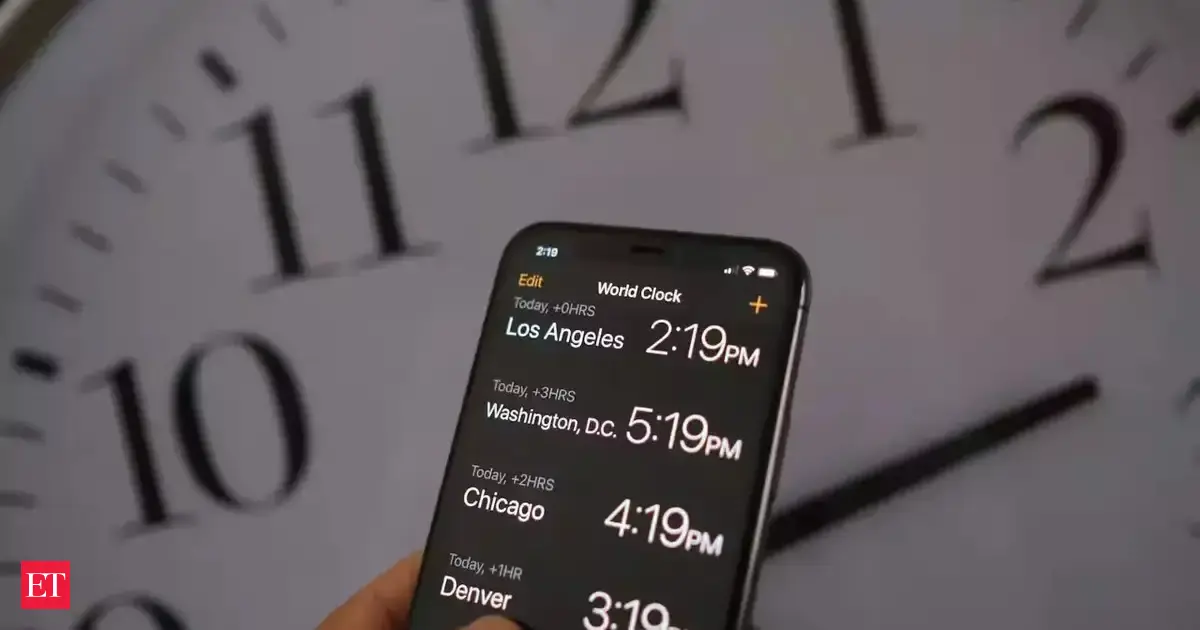Copyright forbes

Couple hiker on top of mountain looking at beautiful sunset landscape, lens flare. It’s good news for empaths and pet owners. Recent studies are revealing more about how to live longer – and some prominent ones are finding that the impact of good social life is sizable. A Stanford study, for instance, involved no less than 300,000 respondents, and when researchers followed these nearly a third of a million people, this is some of what they found. First, good relationships gave study subjects a 50% greater chance of surviving beyond a certain benchmark. Also, the negative effect of a lack of solid, strong relationships was equivalent to a 15-cigarette-a-day smoking habit and excessive use of alcohol. That’s a lot. “The benefits of maintaining strong social relationships extend from chronic disease prevention to increased longevity,” writes an unnamed analyst at the Stanford Center for Longevity. “Evidence has demonstrated that social connection can help people maintain a healthy body mass index, manage blood sugar, improve cancer survival, decrease depressive symptoms, and improve overall mental health.” The Emergence of AI Where does AI come in? Well, according to many who are looking closely at the effects of LLMs on society, it ends up being kind of a mixed bag. “Many individuals turn to AI for companionship due to feelings of loneliness and isolation,” writes Sue Siebens at the Emotional Health Institute. “AI companions can offer non-judgmental support, which is particularly appealing to those who struggle with social anxiety or have difficulty forming human relationships. This reliance can lead to a gradual emotional dependence, where users confide in their AI companions, forming bonds that feel personal and meaningful. However, this raises concerns about the potential for AI to replace genuine human connections, as these relationships may lack the depth and emotional complexity of human interactions.” MORE FOR YOU A Life Lived Barbara Waxman likes to scan through the obituary section of the newspaper. “It's not because I'm morbid,” she explained in a recent Ted Talk in Boston, “and it's not because I've been a gerontologist since the field was in its infancy. It's because obituaries are the true highlight reels of our lives. In just a few paragraphs, you see what truly mattered: the passions, the quirks, the love lost and gained, the impact, the risks taken or not … they're a master class in what it takes to live, not just last.” But, she suggested, in many cases, there’s just not a lot of color in the modern obituary, indicating a focus on technical longevity over quality and diversity of life. “That's what we give short shrift,” she said, “not more years, but more life.” Waxman illustrated some of what has happened to longevity in the pre-AI age. “In a little over a century, we've added three decades to our life expectancy, not from wearables or (tech advances) … it was mostly clean water, vaccines and antibiotics. … it wasn't our DNA that made this happen.” Bits and Fits In contrast to some modern researchers who extol the value of AI wearables for health, Waxman suggested that there’s too much of a focus on this. “The past decade has spawned something of an obsession with self-tracking and bio-hacking,” she said, with the caveat that she also uses wearables to aggregate health data, so that, in some ways, it has its place. “Data is not the destination, and this is the longevity paradox: we've gained years … that will enable us to experience greater health for longer, but we're losing sight of the significance and the impact of those things that enable us to flourish.” The Tale of Derek Waxman further illustrated some of these ideas through talking about someone named Derek, who, she said, is a longevity enthusiast. “Derrick tracked everything,” she said. “The irony, he told me was that despite his Herculean efforts, his health and well-being were declining. Derrick worked out hard. He ate only what he was supposed to, and even abstained from the occasional glass of wine he had really enjoyed with his wife. He was intellectually curious, read everything about biohacking, and even ran an anti-aging supplements company. And yet, he clearly (wasn’t) flourishing.” Then she provided the moral of the story. “What I've come to realize is that Derrick had been thinking about longevity in an incomplete way,” she added. “He'd been focusing so much on squeezing more performance out of his biology, that a chasm had opened up between the idea of lifespan and healthspan, and the ability to create a flourishing life for himself. Take a moment and ask yourself, is there any of you in a part of Derrick's story?” With that intro, Waxman introduced what she calls the “third span” of health and longevity, describing it this way: “Our current understanding of longevity is comprised of lifespan, how long we live, and healthspan, how functional we remain. Without the third span, we’ve missed the forest for the trees by neglecting what makes those years worth living. … the third span is what connects the science of longevity to the art of living well.” A big part of that, she noted, is relationships, which goes back to that science I mentioned from Stanford at the beginning of this. But there’s also intrinsic personal motivators in the “third span” category: “It’s a sense of purpose and meaning, what gets you out of bed in the morning,” she said. Of a Derek who would flourish, she characterized his improvement this way: “The things that Derrick was missing would not just add quality to his life, they would act as multipliers to the efforts he was already making to live long and well,” she said. Vital Value “Third span qualities are not soft, nice to have things,” Waxman said. “They are measurable multipliers of longevity, and they are choices that each one of you gets to make.” With that said, she outlined some “rules for the road,” for making headway in this area with a “30 day challenge” for all takers. “(It’s) one mindset shift, two relationship resets, (and) three reasons why,” she said. “First, adopt joy as a mindset worth tracking. Next, reset two relationships: one to someone you've let drift, reach out, perhaps today, and let them know why they matter. Another, to protect your energy, create a boundary around a relationship that depletes you. Third, name three reasons why - write them down - three reasons why you want to flourish today, and remain undiminished, to hike that mountain, to see your grandchild graduate, to live and laugh and love more.” She ended with a metaphor. “The price of anything is the amount of life you exchange for it,” Waxman said. “If longevity is a series of exchanges, are you making sure that the exchange rate you have is the one (that’s) more valuable? There are three spans of successful longevity, lifespan, healthspan and the third span. Honor all three, and you'll be writing the story of your life, one that is worth reading long before the last page is written.” What all of this longevity science seems to tell us is that we really can quantifiably lengthen our lives with love and togetherness. It’s likely that our AI wearables will be telling us this stuff, too, in the data-driven age of the future. Editorial StandardsReprints & Permissions



